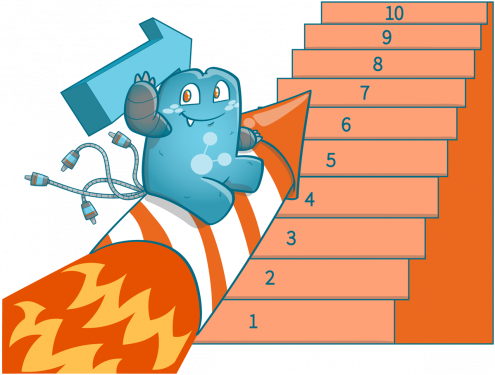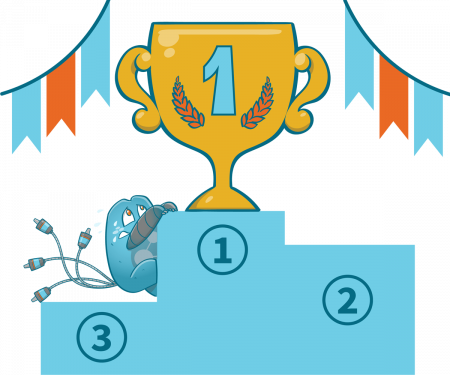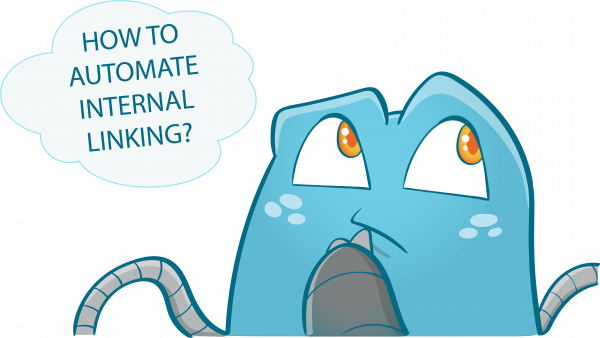Diving Deeper Into Landing Pages and its 4 Types
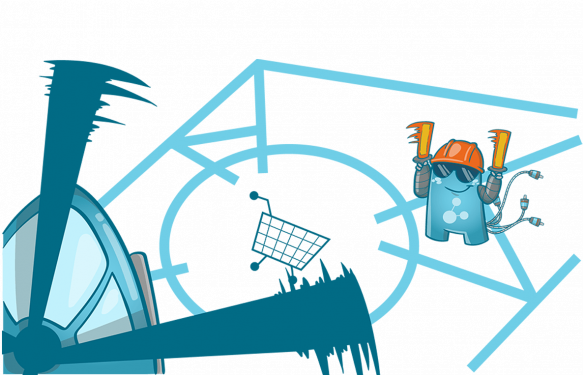
Landing pages are a great way to increase conversions and generate more revenue. Creating this type of page can be tricky, but some tips will make the process easier.
This article will discuss everything you need to know about this type of pages and how they affect your website metrics. Plus, we’ve included a discussion on exit pages—another vital page on your website that will help you improve your site further.
Understanding Landing Pages
A landing page is a single web page that appears when someone clicks on your ad. It’s the landing point for all of the traffic you’re driving to your website from an advertising campaign, such as Facebook ads or Google Adwords.
Note: Before we dive into our list of these page types, let’s first talk about what makes up a remarkable landing page (and how it differs from other types of pages).
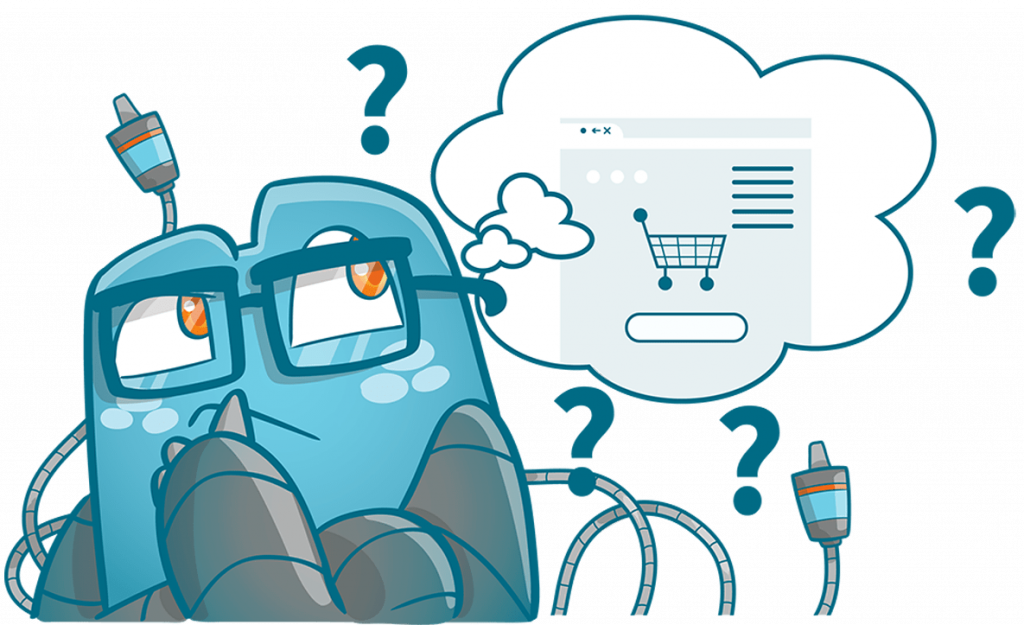
What Makes Up A Great Landing Page?
The most critical components of a great landing page include:
- Attention-Grabbing Design and Copies
When a visitor first arrives on your website, you need to ensure that your design will present the branding of your business and it won’t hinder your visitors from understanding your content. The reason is some designs overpower the content that you want to present. In addition, you need to consider the colors that you use for your website.
To make it easier for guests to read your text, try using contrasting colors. This method is an effective tactic when presenting text on top of background images or other types of visual elements.
Headlines and subheadings also allow your important paragraphs to stand out and draw readers to read your content. However, you need to remember that not all headers are effective. That is why they should sound interesting to your target audience.
Lastly, you also need to consider the content of your pages. Yes, they need to give your users valuable information. But that doesn’t mean you need to overload the pages with content. Just stick to the basics only and keep things simple, concise, and readable so readers know what they should expect from your site after landing there.
- Call-To-Action
Calls-to-action (CTAs) are very important components of this type of page. A good landing page will have a clear goal that shows what the user should do after they click on it, or in other words, which CTA to use.
One of them is “Yes, I Want to Learn More” since this action implies only reading more about the product without signup for anything or sharing their information with you yet. This can be used when your marketing strategy requires building trust among visitors before asking for any personal data from them.
Another great idea is using “Yes, Sign Up Now!” as a compelling call to action. It encourages users to take immediate action by signing-up right now instead of thinking about it first and then leaving later due to hesitation. It’s also helpful when aiming for a high target.
It’s better than asking them to click “Yes, I Want To Learn More” because page visitors who simply say yes to this question mean different things in their minds and probably won’t buy your product anyway.
You can also try using a call-to-action button with the word “Free” or something related to it since people love free stuff. So they might be attracted by the pages offering giveaways of any kind, whether you have products available for sale or not.
Just make sure what you’re giving away is actually worth having. Otherwise, users will leave without even knowing about your site further down the road when they discover how bad your offers are after landing there from an ad campaign.
- Compelling Copywriting
Make your copy compelling by writing out the value proposition of what you are offering. Be sure to include a unique selling point (USP) in your copywriting. This is the characteristic that sets your product apart from others and makes it so desirable.
In order to get customers interested in signing up for something new, they need to know exactly how much benefit they will be receiving if they avail of your offer. This can have a significant effect on whether or not people convert!
You also need to list the features and benefits of your products or services. When creating pages, list both features and benefits naturally throughout the content rather than just listing them together at the bottom of a long page as bullet points. People want information about what separates one business from another. Using features and benefits is a great way to provide that information.
Features of your page should address what you are selling or offering. At the same time, the benefits extend those features into something more descriptive for customers by explaining how they will be better off after receiving those qualities from using your product/service.
Include bullet points on pages that list key differentiators between yourself and competitors to highlight why people should choose you over others. Doing this will help convince visitors who have not yet made up their minds about whether or not they intend to join an offer right now – even if it means making them feel as though choosing someone else would mean missing out on the opportunity!
- SEO Best Practices
Applying the best SEO practices will also help you with your page. For example, suppose it is for a product or service that could be considered to have “local” intent. In that case, you should include local marketing strategies in addition to the usual best practices.
Similarly, adding keywords and phrases to meta tags will also help ranking efforts because your pages are often catalogued by search engines based on what visitors see when they land there. So this means including relevant keywords in H-tags can improve how well your page ranks in organic results as well.
Finally, don’t forget to keep an eye on your website’s overall design and user experience. A well-designed site will help improve conversions, which in turn will lead to more sales and revenue. And a good user experience will keep people coming back for more, which is always a good thing.
Types of Landing Pages
- Squeeze Page
A landing page does not have to be a squeeze page. However, they are very popular pages because of their high converting rates and ability to get your website visitors’ attention quickly. What’s great about this type of page is that you can create them with any kind of content; whether it’s an opt-in form or product offer, the possibilities are endless.
Squeeze pages are often used to get information from your guests, like personal data (names, email addresses, and phone numbers). This type of page requires information in exchange for some kind of free offer.
Typical examples of free offers include free trials and downloadable content like PDFs, white paper, infographics, podcast episodes, or price sheets.
- Click-Through Pages
When people search for something in Google or Bing, they see ads, and then when they click the ad, it takes them to the page. This type of page should have only one purpose – get someone to convert by clicking through an offer link or filling out a form so you can follow up with these leads later on via email marketing campaigns.
The goal here is not just to get visitors but actual paying customers, even if it’s at a meager cost per lead (CPL). A good example is car dealerships offering test drives which tend to be successful pages.
- Sales Page
When people search online for particular keywords related to what your business offers, they will see ads showing up on Google and Bing Search, which takes them directly to a sales page once clicked (a form of paid advertising). You can then convert these leads into actual customers and close sales once they get to that page.
- Product Details Page
Product details pages are commonly seen for eCommerce businesses. This type of page contains information about a product or service. When a visitor lands on a product details page, they need to get all the information they need so that they will make a purchase.
Your landing page creation is an essential aspect of your website, but so does your internal links. So, if you’re looking for an internal link managing tool, visit the Internal Link Juicer today.
Increase Your Conversions through Optimized Landing Pages
Your page needs to do more than just look nice – it also has to convert! By following these tips, you’ll be able to create an effective and high converting web page that provides real value for users while giving your site more opportunities for conversions. A page that doesn’t accomplish these goals will not lead to conversions or success for your business.
Once you’ve set up your landing pages, you’ll need to place links on those pages in case your visitors want to explore your site further. To manage your internal links, check out Internal Link Juicer now.



